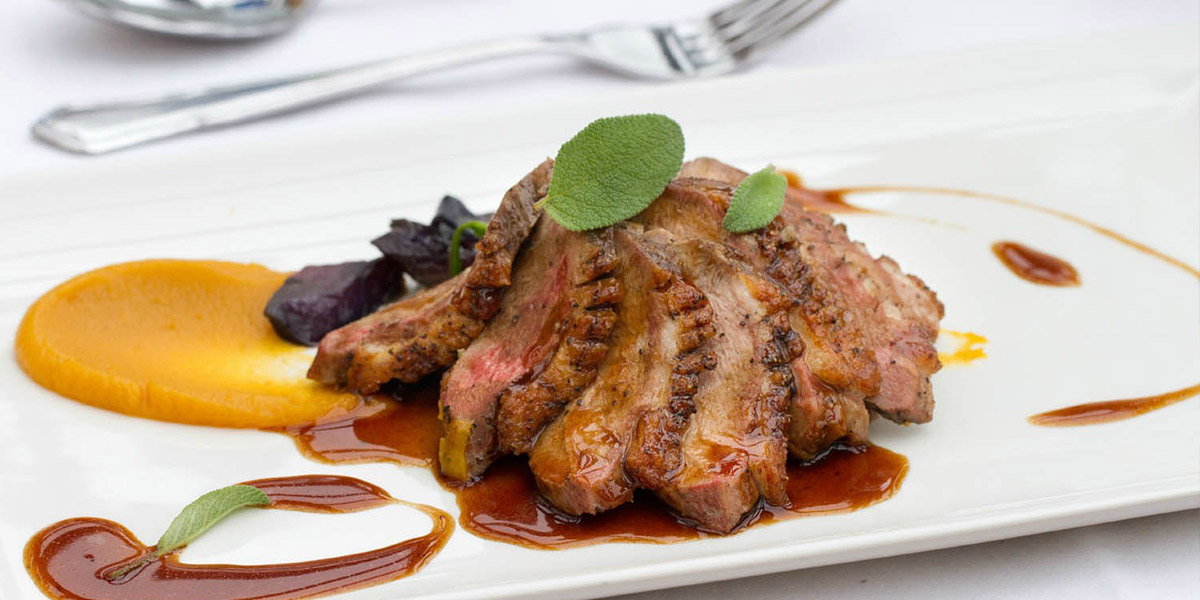The honored tradition of Traditional Khmer Dance stretches back over a thousand years to the age of Angkor when it was popular with Kings and common folk alike. In the tradition of persevering this great cultural heritage, Crystal Angkor restaurant presents nightly Apsara and traditional performances with the live playing of traditional music instruments at 7.30 pm.
Stage: It is not just about the traditional dancing, but a large curving stone stage was built in order to bring back the glory of ancient Arts and Crafts of the Angkor region surrounding by water and tropical flowers would bring you an unforgettable memory of the great show.
Five traditonal performances are present nightly
1. The Blessing Dance
The blessing dance performs to give blessing to kings, country leaders or official guests visiting the country, it is culture and civilization Angkor period a long time ago. The meaning of this dance and music is displayed and showed about individual idea of attention by using intelligence as arm to carry-out the Khmer after active tradition and custom and people with appraising peace and pleasure forever.
2. Coconut Shells Dance
Coconut shell or Praying mantis dance was originally created in the district of Romeas, Svay Reang Province, south-estern Cambodia. The People like acting in wedding ceremony and particularly perform at the time of groom procession to Rong Chey, his own victory room. Highly rhythmical and punctuated with shouts and the rapping of coconuts, it expresses joy in life and harmony amongst Cambodian.
3. Mekhala Dance
Metaphor for the victory of good over evil. Armed with a crystal ball casting rays of lightning, the goddess of waters, Moni Mekhala triumphs over the demon Ream Eysaur, whose axe creates thunder.
The two characters illustrate victory of beneficial rains over the dry and stormy season.
4.
4 4. Pailin Peacock Dance
This performance is a heritage of Kolar ethnic people who are polishing gem specialists and living in the area of Pailin province where numerous types of precious stones have been found. Following local legends, it relates also to Buddhism religion. That’s why the performance is shown at almost every pagoda whenever the religion ceremonies are celebrated.
5. 5. Apsara Dance
Apsara, goddesses of dance, half-woman half-goddess, are heavenly dancers, was performed at offering ceremonies and palace celebrations in the Angkorian era, originally were born at the time of churning of ocean milk by gods and demons to make ambrosia. Thousands of Apsara were sculpted on the walls of Khmer monuments, especially Angkor Wat Temple. This is a proof that this dance has been over hundred years. They are not only goddesses of love but also mother of Khmer people, which has been mentioned in the history. The name of Kambuja (Cambodia) is from alliance of a sage named Kambusvayamphuva and goddess named Apsaramera.





.jpg)

